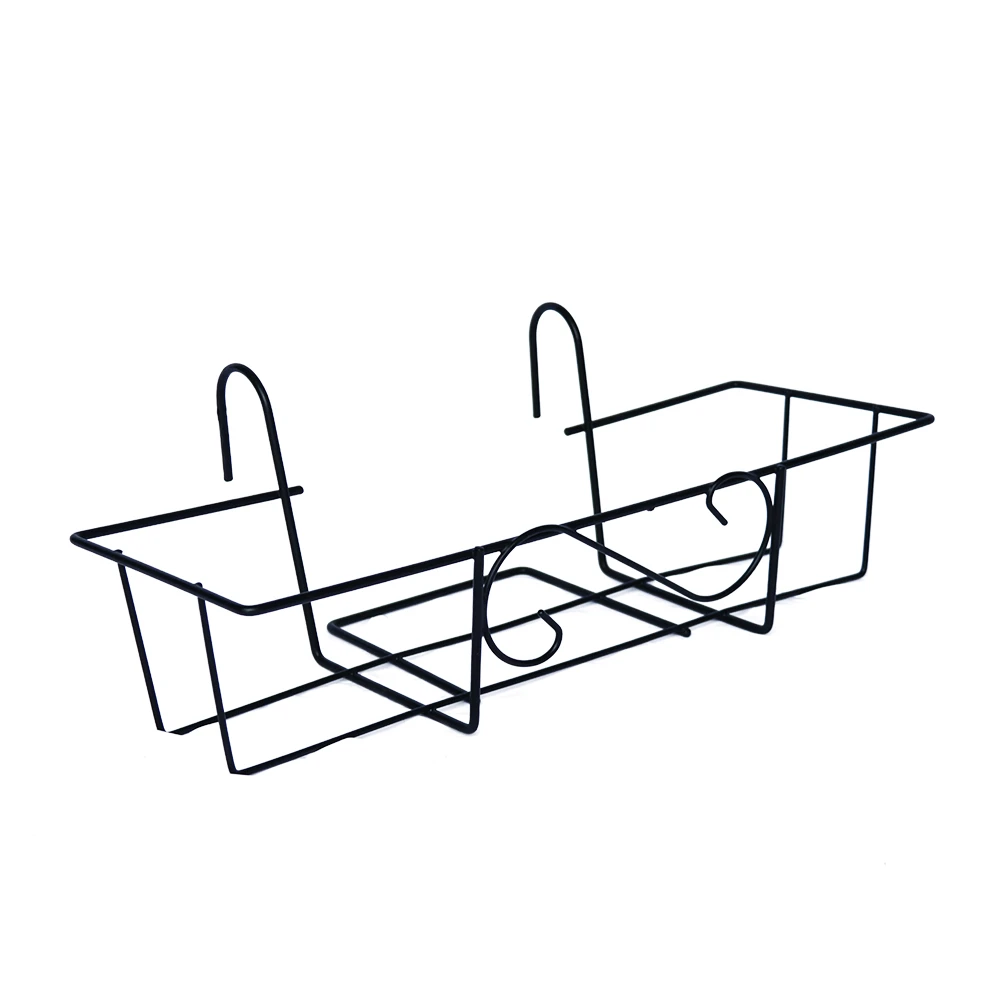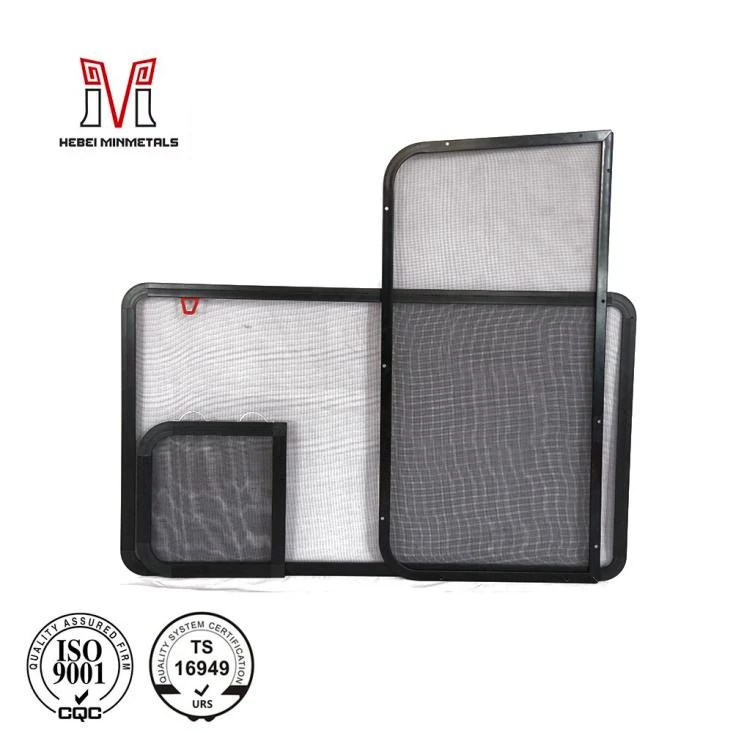Crafting Beautiful Spaces with Quality Nails for Your Building Projects
11月 . 27, 2024 13:59
Building Nails The Backbone of Construction and Craftsmanship
In the realm of construction and craftsmanship, few components are as vital yet often overlooked as nails. From the simple act of hanging a picture to the grand design of skyscrapers, nails serve as the unsung heroes that hold together the myriad elements of our built environment. This article delves into the significance of building nails, exploring their history, types, applications, and innovations that continue to shape the industry.
A Brief History of Nails
The invention of nails dates back thousands of years, with evidence of their use in ancient Egypt, China, and Mesopotamia. Initially crafted from bronze and iron, nails were hand-forged and used primarily for construction and furniture making. As technology advanced, so did the manufacturing of nails. The Industrial Revolution marked a significant turning point, enabling mass production and paving the way for a wider variety of nail types that we can find in use today.
Types of Building Nails
Nails come in various sizes, shapes, and materials, each tailored for specific applications. Here are some of the most common types of building nails
1. Common Nails These are the most widely used nails, primarily for framing and structural projects. They have a thick shank and a large head, providing superior holding power.
2. Finishing Nails Smaller and with a smaller head, finishing nails are designed for trim work. They can be driven into the wood, leaving a minimal hole that can be easily filled, creating a smooth finish.
3. Box Nails Similar to common nails but thinner, box nails are primarily used in light framing and are less likely to split the wood.
4. Roofing Nails These nails feature a large, flat head and are typically used to secure roofing materials like shingles. Their design helps to prevent water from penetrating.
building nails

5. Concrete Nails Specifically designed for driving into concrete or masonry, these nails have hardened tips to facilitate penetration into tough materials.
6. Specialty Nails Beyond these types, there exist a plethora of specialty nails, including coated nails for corrosion resistance, duplex nails for temporary structures, and spiral or ring-shank nails for enhanced grip.
Applications of Nails in Construction
The versatility of nails makes them indispensable in various applications ranging from residential to commercial construction. In residential framing, common nails connect lumber, while finishing nails help in crafting cabinetry and trim work. In roofing, roofing nails secure protective materials against the elements, while concrete nails enable the construction of sturdy foundations.
Nails are also crucial in scaffolding and temporary constructions, holding materials in place while structures await permanent fastening. Additionally, they play significant roles in furniture making, woodworking, and even art, demonstrating their flexibility and adaptability.
Innovations in Nail Technology
As with any industry, advancements continue to shape how nails are manufactured and used. The introduction of pneumatic nail guns significantly revolutionized the construction industry, allowing workers to drive nails quickly and efficiently. These tools minimize labor costs, reduce the risk of injury, and increase productivity.
Moreover, the development of specialized coatings, such as galvanized or epoxy, protects nails from moisture and corrosion, extending their lifespan and reliability. Innovations in design, such as twisted and spiral nails, enhance holding power and reduce the chances of pull-out, making them ideal for heavy-duty applications.
Conclusion
Building nails, though often taken for granted, are fundamental to the integrity and functionality of structures. They embody the connection between elements, providing strength and durability to our buildings and craftsmanship. The evolution of nail technology and variety of types available ensure that there is a perfect nail for every job. As we continue to innovate and develop, nails will remain a staple of the construction industry—small but mighty, essential to both the creation of our environments and the advancement of our craft. The next time you drive a nail into wood or secure a roof, take a moment to appreciate the history and ingenuity that has shaped this humble yet powerful tool.









 Unity
Unity Creation
Creation Challenge
Challenge Contribution
Contribution










